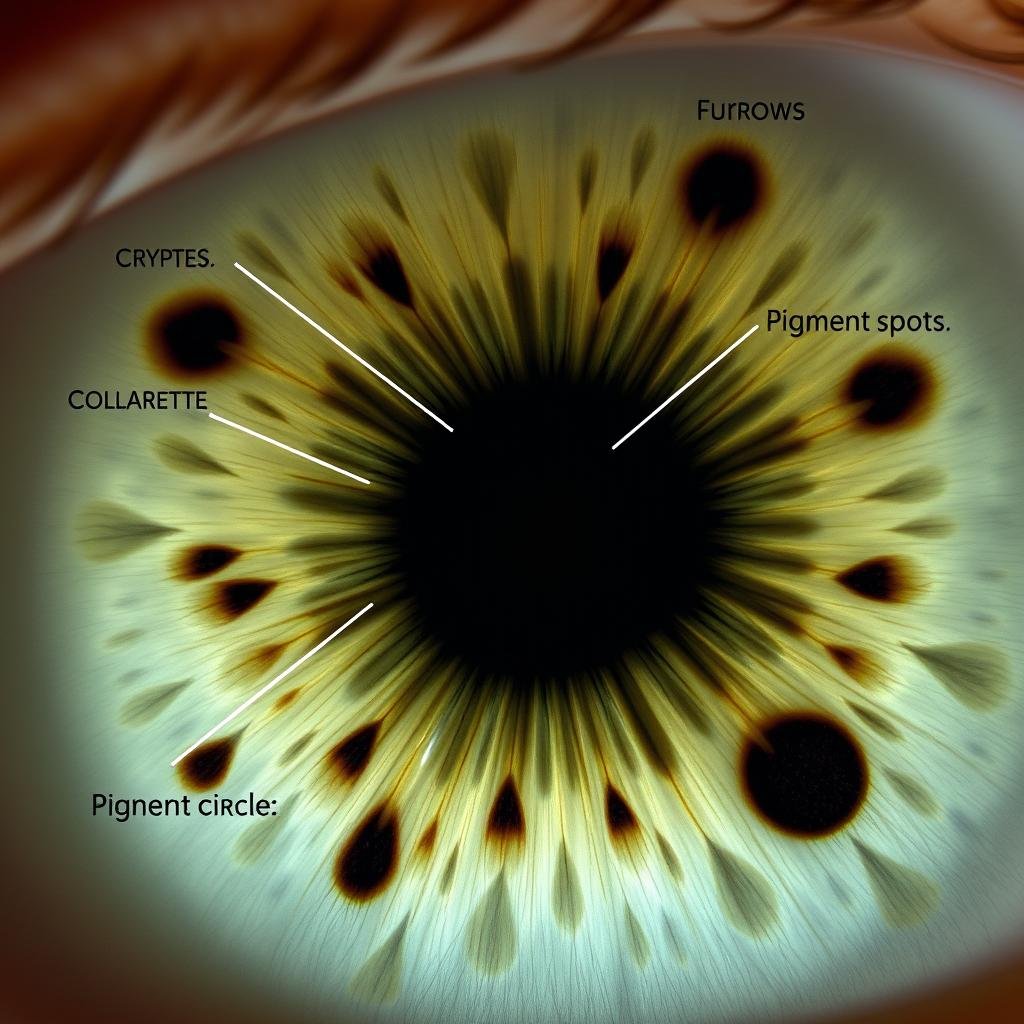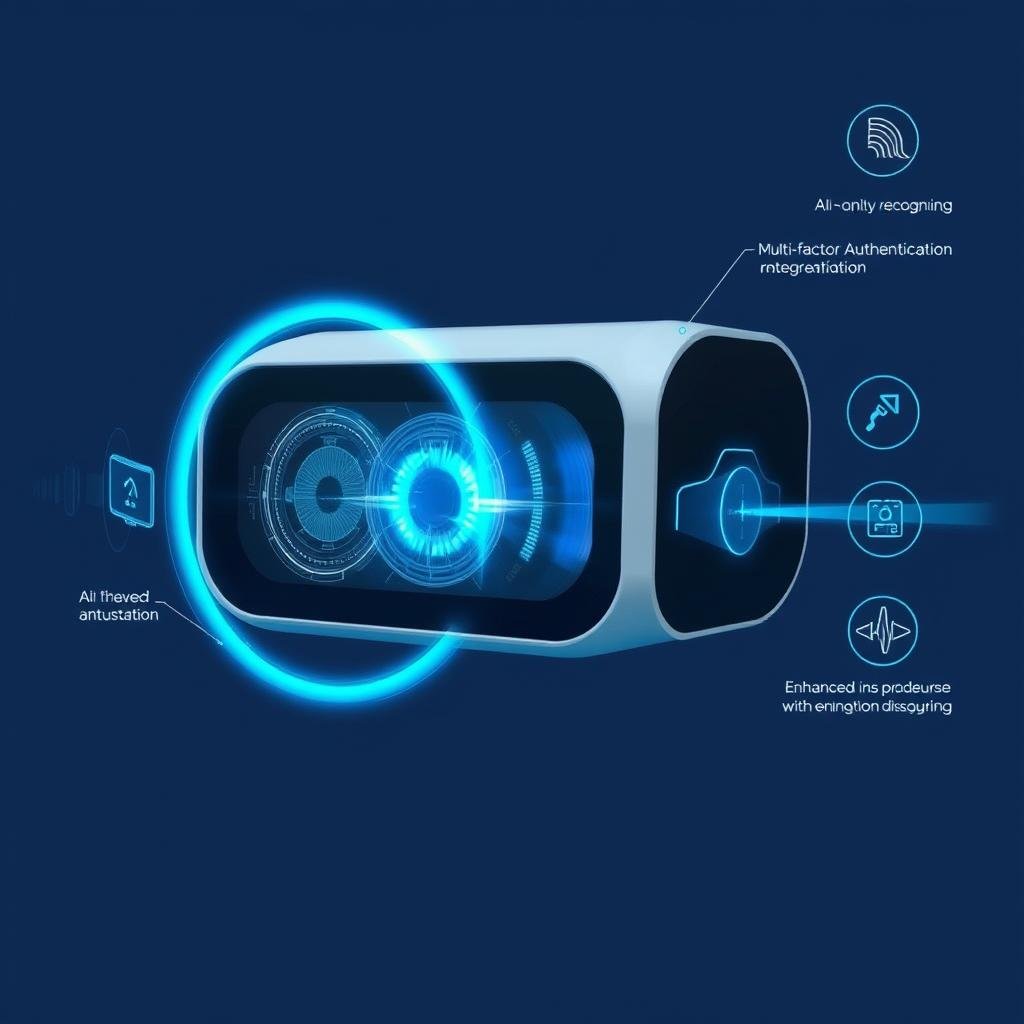Eye Patterns Iris:When you look into someone’s eyes, you’re witnessing one of nature’s most remarkable biological signatures. The intricate patterns in the iris are so unique that the probability of two people sharing identical eye patterns is approximately 1 in 10^78 – far exceeding the number of humans who have ever lived on Earth. These delicate structures not only give our eyes their distinctive appearance but serve as living biometric identifiers more precise than fingerprints.
The Biological Foundations of Iris Patterns
Le iris is far more than just the colored part of your eye. This complex structure controls how much light enters your pupil while showcasing a unique biological fingerprint that begins forming before birth.
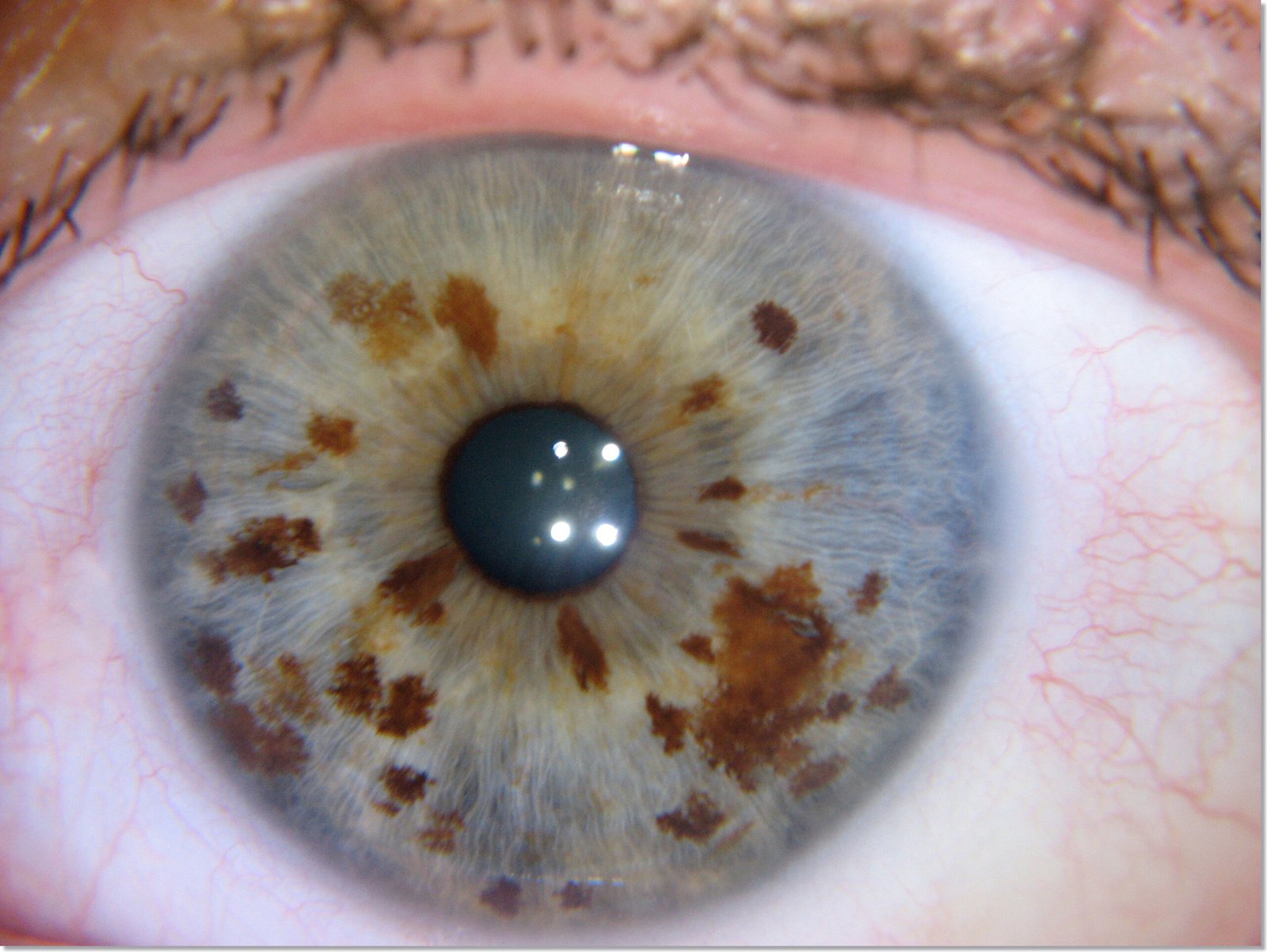
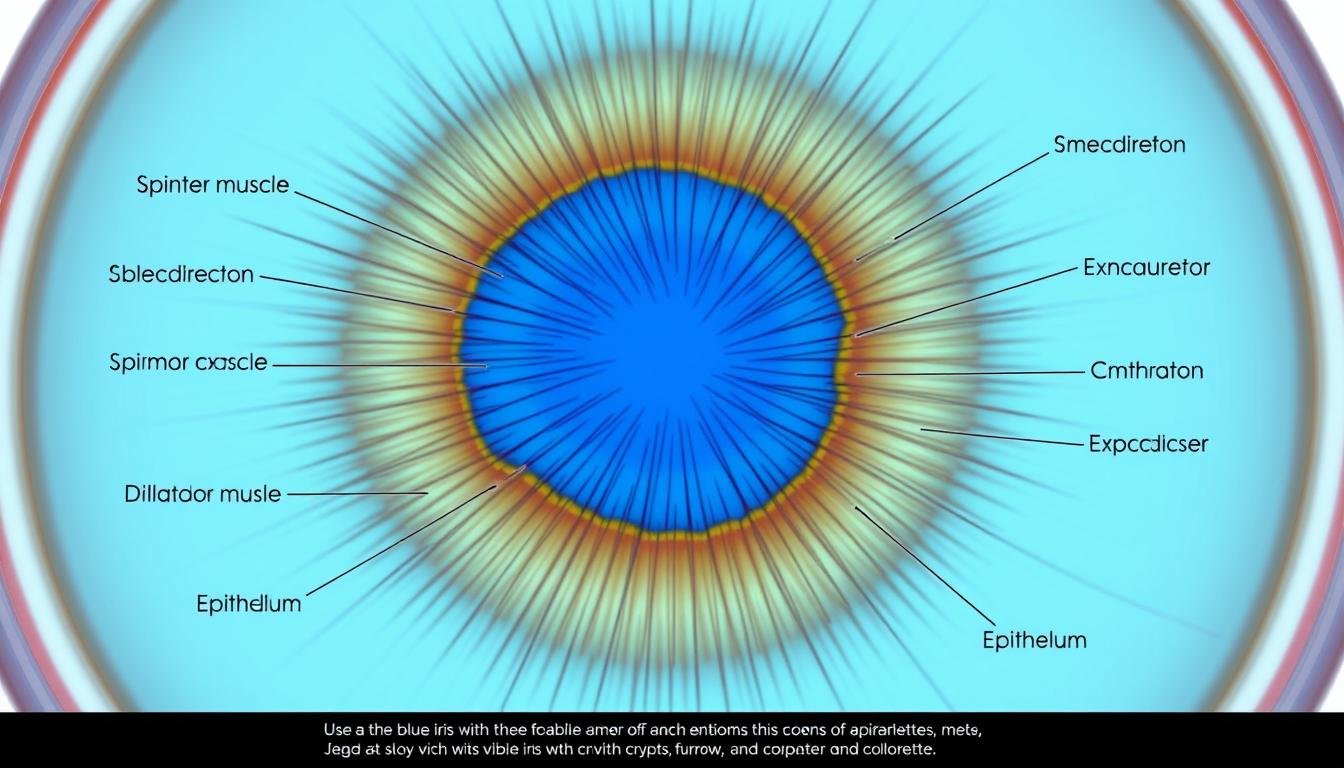
Fig 1: Cross-section of the human iris showing key anatomical structures
Embryonic Development of the Iris
The formation of iris patterns begins remarkably early in fetal development. By the third month of gestation, the basic eye structure is taking shape. Around the sixth month, a critical event occurs—the pupillary membrane (tissue covering the developing iris) begins to deteriorate unevenly, creating the first variations in the iris’s surface.
This deterioration process is influenced by both genetic instructions and random cellular movements, resulting in unique pattern formations. By birth, the fundamental iris structure is established, though color typically develops over the first few years of life as melanin production increases.
The Structural Components of Iris Patterns
The iris contains several distinctive structural elements that contribute to its unique patterns:
- Cryptes: Pit-like depressions where the stroma tissue is thinner, appearing as dark spots
- Furrows: Circular or radial lines created by connective tissue folds
- Collerette: The thickened ring dividing the pupillary and ciliary zones
- Pigment spots: Concentrated areas of melanin that appear as freckles
The Role of Genetics and Melanin in Iris Patterns
Your iris pattern is predominantly determined by your genetic code, yet in a fascinatingly complex way. Unlike traits that follow simple inheritance patterns, iris structure is polygenic—controlled by multiple genes working in concert.
The Genetic Blueprint
Nearly 2,000 genes influence the development of each person’s iris, affecting both color and pattern formation. These genes control:
- The density and distribution of melanin (affecting color)
- The thickness and arrangement of stromal fibers
- The development of crypts, furrows, and other structural features
- The balance between various tissue types within the iris
What makes iris patterns truly unique is that while genes provide the blueprint, the actual formation involves chaotic developmental processes. This explains why even identical twins with the same DNA have distinctive iris patterns.
Melanin and Iris Color
While iris patterns form through structural development, iris color is determined by pigmentation—specifically, the amount and distribution of melanin in the iris tissue.


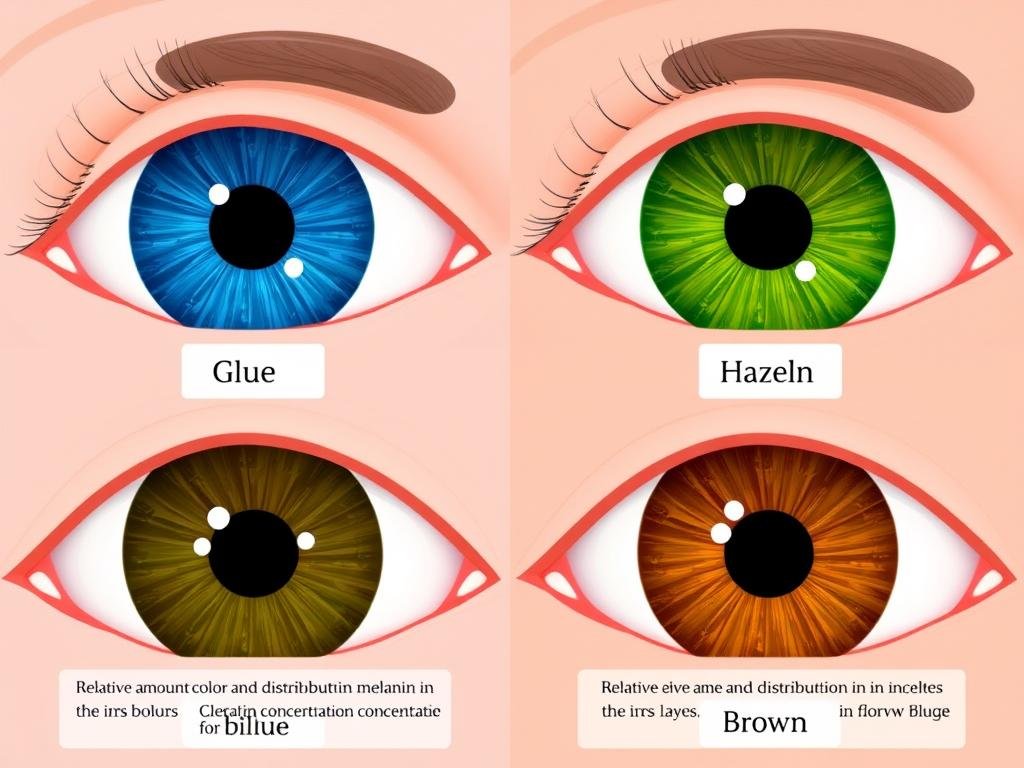
Fig 2: Melanin distribution in different iris colors
In blue eyes, the stroma contains relatively little melanin. The shorter blue wavelengths of light scatter more readily (the same Rayleigh scattering phenomenon that makes the sky appear blue), creating the blue appearance. Brown eyes have abundant melanin in both the stroma and epithelium, absorbing most light and appearing darker.
Green and hazel eyes contain moderate amounts of melanin in the stroma, combined with the light-scattering properties of the iris structure. The genes governing iris color interact with those controlling structural patterns, contributing to the tremendous diversity in human eye appearance.
The Extraordinary Uniqueness of Iris Patterns
The uniqueness of iris patterns makes them ideal for biometric identification. Each iris contains approximately 200 distinct structural features that can be mapped and quantified, creating a “fingerprint” with extraordinary specificity.
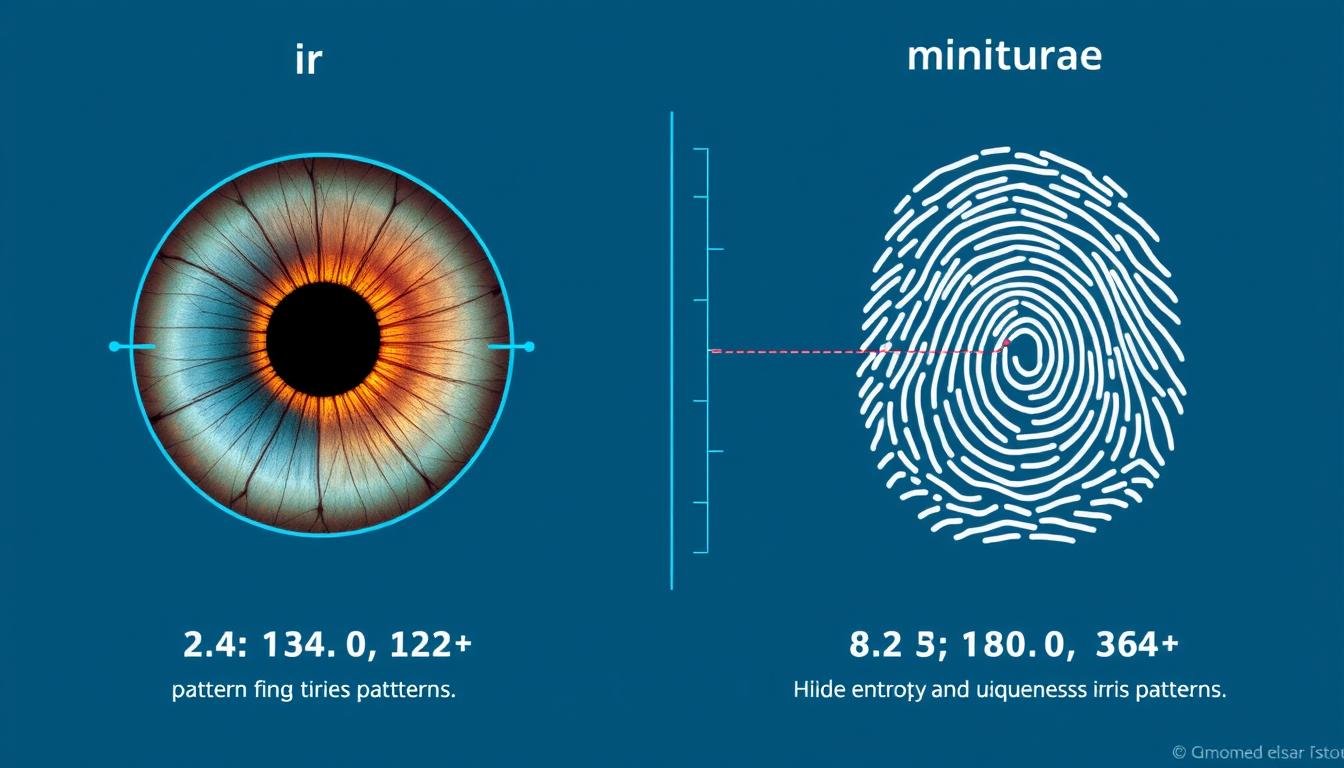
Fig 3: Comparison of iris pattern uniqueness versus fingerprints
Statistical Uniqueness
The statistical probability of two irises being identical is estimated at 1 in 10^78—far exceeding the number of humans who have ever lived. Even more remarkably, the right and left irises of the same person have completely different patterns, despite sharing the same genetic blueprint.
“The iris has 266 distinctive characteristics, compared to 40 for fingerprints, making it the most mathematically unique feature of the human body.” — Dr. John Daugman, University of Cambridge
Entropy and Pattern Complexity
In information theory, entropy measures the randomness or unpredictability of a system. Iris patterns have an entropy of about 3.2 bits per square millimeter, compared to approximately 1.4 bits per square millimeter for fingerprints. This higher entropy translates to greater uniqueness and identification accuracy.
This unparalleled uniqueness makes iris recognition technology exceptionally reliable, with error rates significantly lower than other biometric methods. False match rates for iris recognition can be as low as 1 in 1.2 million, compared to 1 in 10,000 for fingerprints.
Technology and Security Applications
The extraordinary uniqueness of iris patterns has led to revolutionary applications in security and identification systems worldwide.
Iris Recognition Technology
Modern iris recognition systems capture a digital image of the eye, isolate the iris portion, and analyze it to identify similar features that match against stored templates. The process is remarkably accurate and difficult to spoof.
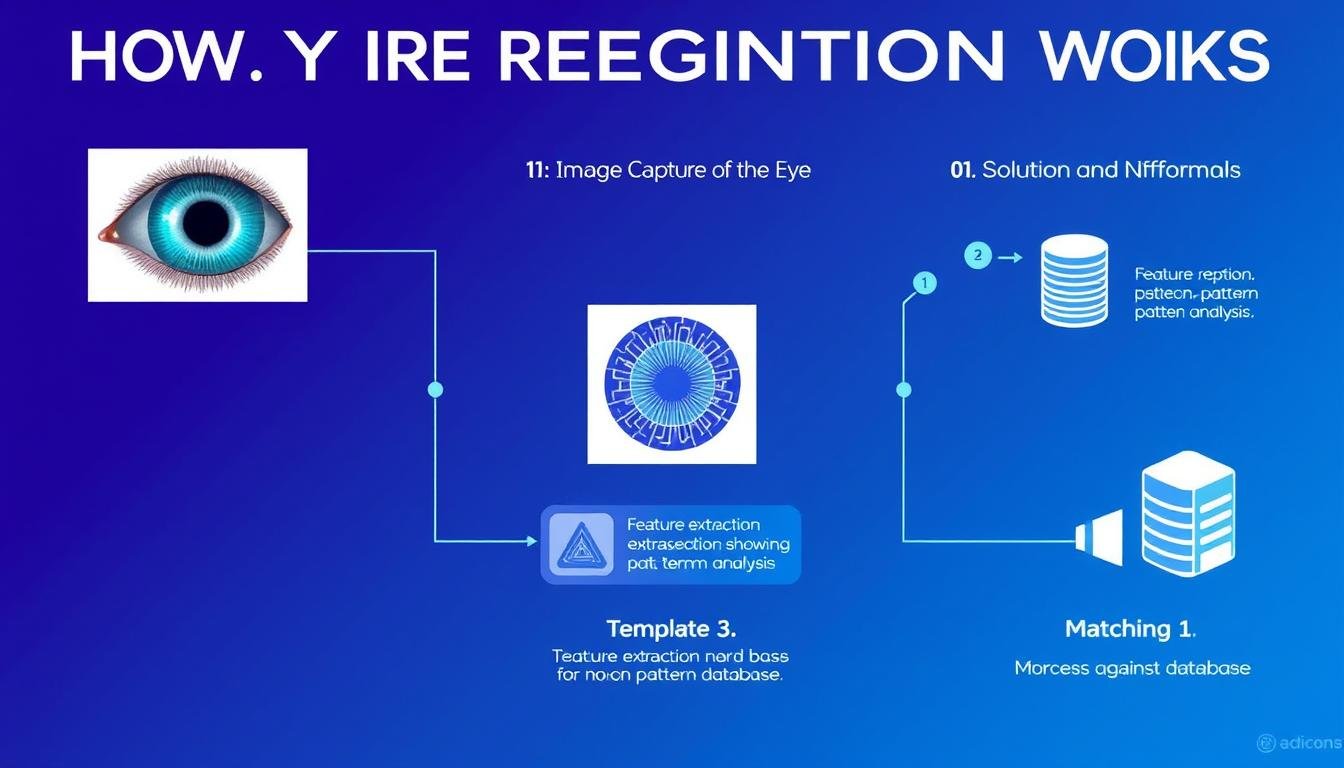
Fig 4: How iris recognition technology works
Real-World Applications
Iris recognition technology has been implemented in numerous settings:
Border Control
Many countries use iris scanning at airports and border crossings for rapid, accurate identification of travelers.
Secure Access
Eye Patterns Iris:High-security facilities use iris recognition for access control to sensitive areas, providing faster authentication than traditional methods.
Financial Services
Banks in countries like India and UAE have implemented iris scanning for ATM access, eliminating the need for cards and PINs.
Medical Applications
Beyond security, iris pattern analysis has emerging applications in healthcare:
- Early detection of certain genetic disorders
- Monitoring progression of ocular conditions
- Potential biomarkers for systemic diseases
- Personalized medicine based on genetic indicators visible in the iris
Cultural and Historical Perspectives on Eye Patterns
Throughout history, different cultures have attributed special significance to the patterns and colors of the human iris.
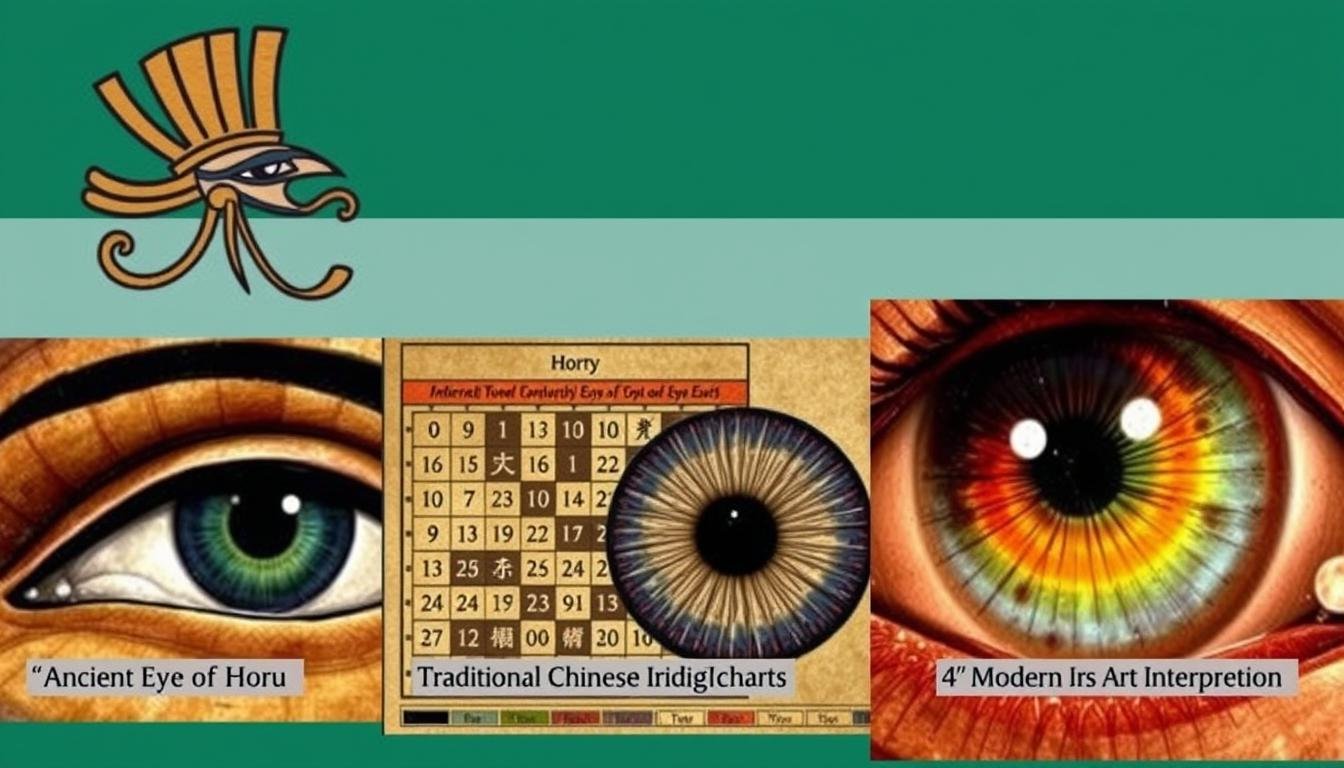
Fig 5: Cultural interpretations of iris patterns throughout history
Ancient Interpretations
In ancient Egypt, the Eye of Horus symbolized protection, royal power, and good health. The detailed patterns within the eye symbol mirrored the complexity of human iris patterns. In traditional Chinese medicine, practitioners believed that iris patterns could reveal information about a person’s health and constitution.
Iridology and Alternative Medicine
Eye Patterns Iris:Iridology, founded in the 1890s by Hungarian physician Ignatz Peczely, proposes that iris patterns can indicate health conditions in corresponding body parts. While not supported by mainstream medicine, this practice developed detailed iris mapping systems that continue to influence alternative health approaches today.
Iris Patterns in Art and Literature
Eye Patterns Iris:Artists throughout history have been fascinated by the intricate beauty of the human iris. From detailed Renaissance portraits to modern photography, capturing the unique patterns of the iris has been a way to convey individuality and depth of character.
“The eyes are the window of the soul.” — This ancient proverb reflects humanity’s enduring fascination with the connection between eye patterns and individual identity.
Recent Research on Iris Patterns and Genetic Disorders
Eye Patterns Iris:Scientific research between 2020-2023 has revealed fascinating correlations between specific iris patterns and genetic conditions.
Genetic Markers in Iris Patterns
Recent studies have identified associations between certain iris features and genetic disorders:
| Iris Pattern Feature |
Associated Genetic Condition |
Research Year |
Diagnostic Potential |
| Brushfield spots |
Down syndrome |
2021 |
Haut |
| Distinctive collarette patterns |
Marfan syndrome |
2022 |
Modéré |
| Increased crypt frequency |
Syndrome de dispersion pigmentaire |
2020 |
Modéré |
| Wolfflin nodules |
Neurofibromatosis |
2023 |
Emerging |
Breakthrough Studies
A 2022 study published in Nature Genetics identified specific iris pattern variations that correlate with genetic markers for certain autoimmune disorders. This research suggests potential for non-invasive early screening through advanced iris pattern analysis.
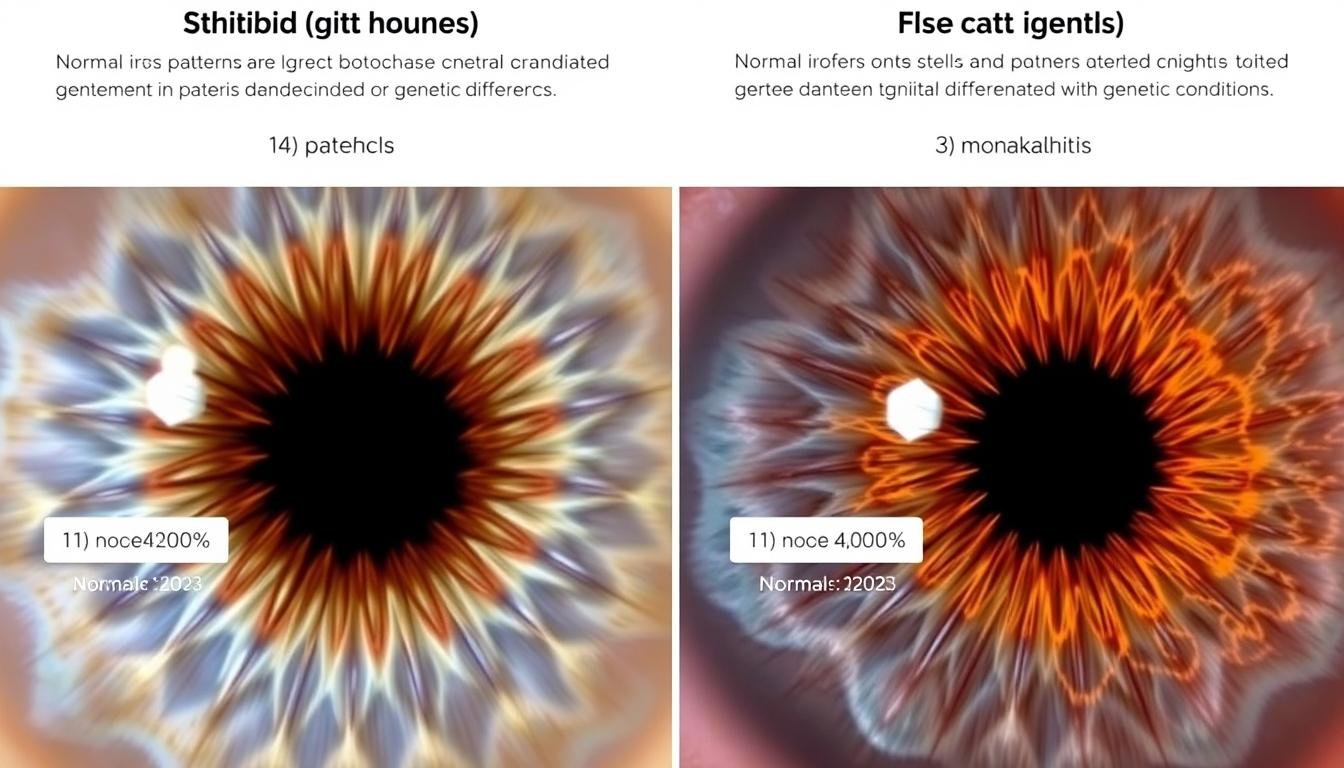
Fig 6: Visualization of recent research findings on correlations between iris patterns and genetic conditions
Researchers at Johns Hopkins University (2023) developed an AI algorithm that can detect subtle iris pattern variations associated with certain cardiovascular conditions with 85% accuracy. This non-invasive approach could potentially provide early warning signs for preventive intervention.
Future Implications in Medicine and Technology
The study of iris patterns stands at the intersection of biology, technology, and medicine, with promising future applications.
Emerging Medical Applications
Researchers are exploring how advanced iris pattern analysis might contribute to:
- Early detection of neurodegenerative diseases through subtle iris changes
- Personalized medicine approaches based on genetic indicators visible in iris patterns
- Non-invasive monitoring of chronic conditions through periodic iris scans
- Integration with other biometric health markers for comprehensive health assessment

Fig 7: Future medical applications of iris pattern analysis
Évolution technologique
The next generation of iris recognition technology is likely to include:
- Standoff recognition at greater distances
- Integration with other biometric modalities for multi-factor authentication
- Continuous authentication systems that periodically verify identity
- Enhanced anti-spoofing measures to prevent fraudulent access attempts
Ethical Considerations
As iris recognition technology becomes more widespread, important ethical questions arise:
- Privacy concerns regarding biometric data collection and storage
- Potential for surveillance applications and tracking
- Data security and protection against identity theft
- Equitable access to benefits of iris-based medical diagnostics
Addressing these ethical considerations will be crucial as the technology continues to evolve and find new applications in our daily lives.
Conclusion: The Living Fingerprint of the Eye
Eye Patterns Iris:The intricate patterns of the human iris represent one of nature’s most remarkable examples of biological uniqueness. From their embryonic origins to their applications in cutting-edge technology, iris patterns continue to fascinate scientists, doctors, and security experts alike.
As research advances, we gain deeper insights into how these delicate structures form, what they can tell us about our health and genetics, and how they can be harnessed for identification and security. The iris—this small, colored portion of our eye—contains a wealth of information that we are only beginning to fully understand and utilize.
Whether viewed through the lens of biology, technology, medicine, or culture, the patterns in our eyes remain one of the most distinctive signatures of our individual identity—truly the living fingerprint of the eye.
Deepen Your Understanding of Iris Science
Want to explore the fascinating world of iris patterns further? Download our comprehensive research paper “Advances in Iris Pattern Analysis: From Biology to Biometrics” for the latest scientific findings and applications.
Download Free Research Paper















